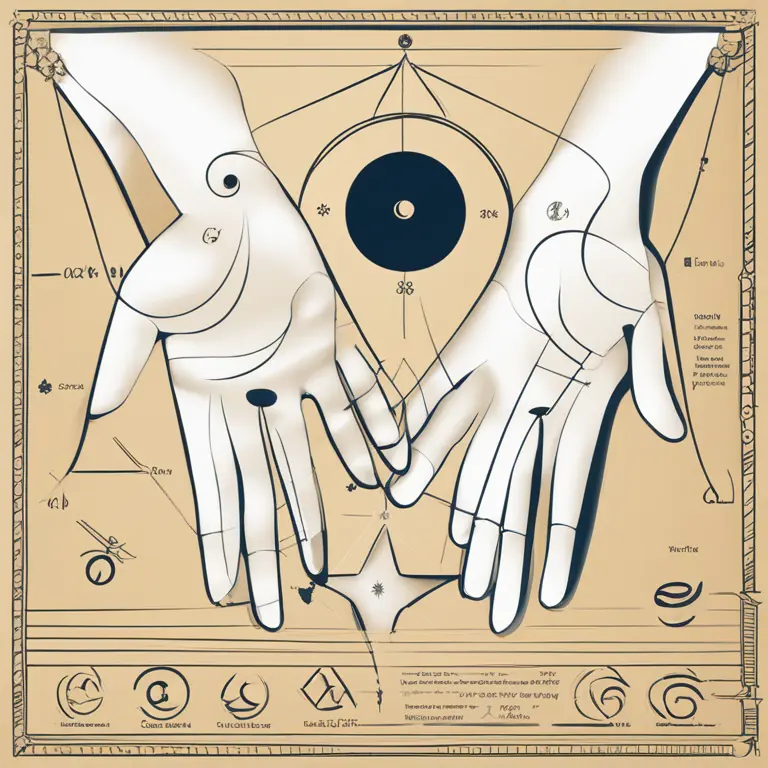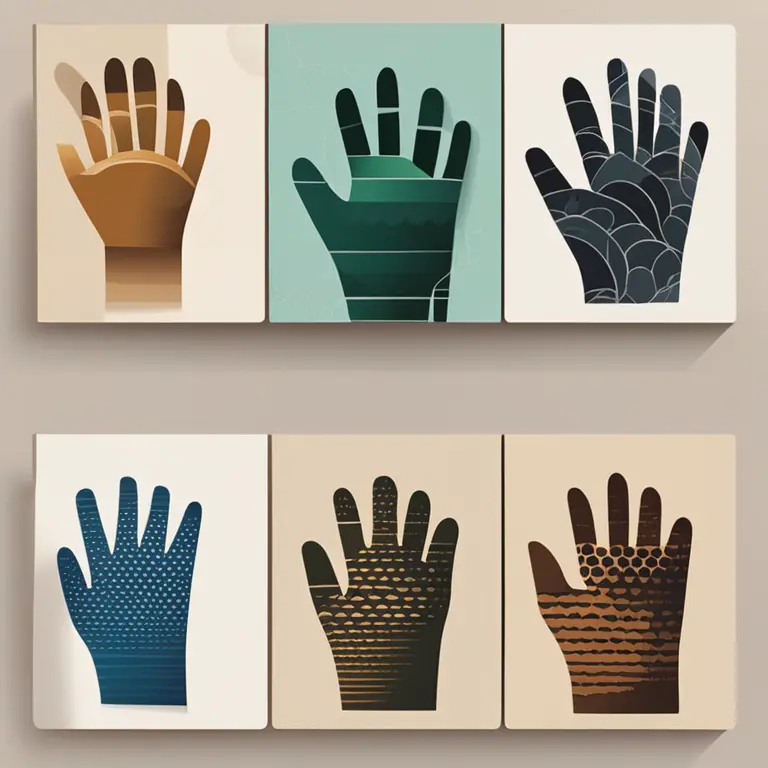
Palmistry Overview: The Art of Hand Analysis
Explore the ancient wisdom of palmistry in this detailed guide to hand analysis, featuring the latest insights for modern seekers.
article by Nora Pennington
Introduction to Palmistry
Palmistry, also known as chiromancy, is a practice rich in history and intrigue. Originating over thousands of years ago, this art form bridges physical attributes of the hands with the esoteric, offering insight into one’s personality, future, and hidden talents. The modern study of palmistry combines traditional techniques with contemporary psychological findings, reflecting the evolving nature of the practice. Within our hands lie the maps to our unique stories, and palmistry enables us to interpret these narratives with profound clarity.

Foundational Elements of the Hand
As you embark on the journey of palm reading, it is essential to understand the foundational elements. The hand is divided into four major lines: the heart line, head line, life line, and fate line. Each holds significant revelations about an individual's emotional well-being, intellectual prowess, life path, and the influence of destiny. Moreover, the mounts of the hand—the padded areas beneath each finger—distinguish themselves by bearing the names of celestial bodies, connecting the individual’s traits to astrological interpretations.

Shapes and Sizes of Hands
The shape of the hand is the first indicator of a person’s elemental character. Earth, air, fire, and water are elemental classifications that help in profiling an individual's temperament. For instance, earth hands with square palms and short fingers reflect a grounded personality, while air hands boast square or rectangular palms with long fingers, suggesting intellectual leanings. Fire hands are characterized by long palms and short fingers, indicating passion and impulsiveness, while water hands have long palms and long fingers, mirroring emotional and intuitive energies.

Reading the Lines
Interpreting the lines on the palm requires diligence and an understanding of line definitions. The heart line harbors secrets of one's emotional life; a long, unbroken line suggests a harmonious and steady approach to relationships. A deep and prominent head line denotes a strong intellectual aptitude, while a life line circling close to the thumb implies robust vitality and zest. The fate line, although not present in all individuals, signifies life direction and the extent to which one’s life is affected by external circumstances.

The Fingers and Their Meanings
The fingers on the hand offer another spectrum of analysis, with each finger correlated to a different aspect of one’s nature. The thumb represents willpower and self-assertion, while the index finger, associated with Jupiter, signifies ambition and leadership. The middle finger, linked with Saturn, relates to responsibility and wisdom, and the ring finger, connected to Apollo, reflects creativity and artistic inclinations. Lastly, the little finger, associated with Mercury, speaks to communication and intelligence.
Modern Palmistry: A Tool for Growth
In the modern context, palmistry extends beyond mere fortune-telling. Professionals in the field emphasize its use as a tool for reflection and self-improvement. Today, hand analysis is integrated with psychological practices, driving individuals to understand themselves more deeply and to leverage their innate strengths. By using palmistry as a starting point, one can embark on a journey of personal development, enhancing their self-awareness and ultimately directing their own life's narrative more intentionally.
Published: 1/11/2024
Modified: 1/12/2024
More predictions
Come back here soon to learn more about yourself and your future


Can Palmistry Predict Your Path Incorrectly?
Delving into the accuracy of palm readings, this article examines whether palmistry can lead to incorrect predictions about one's life and destiny.


The Possibility of Palmistry in Cancer Detection
Examining the claims that palmistry holds any potential in identifying the risk of cancer: a deep dive into the world of mysticism and medicine.


The Ancient Art of Vedic Palmistry
Discover the ancient art of Vedic Palmistry and its practice in the modern era, revealing the secrets held within the lines of the hand.